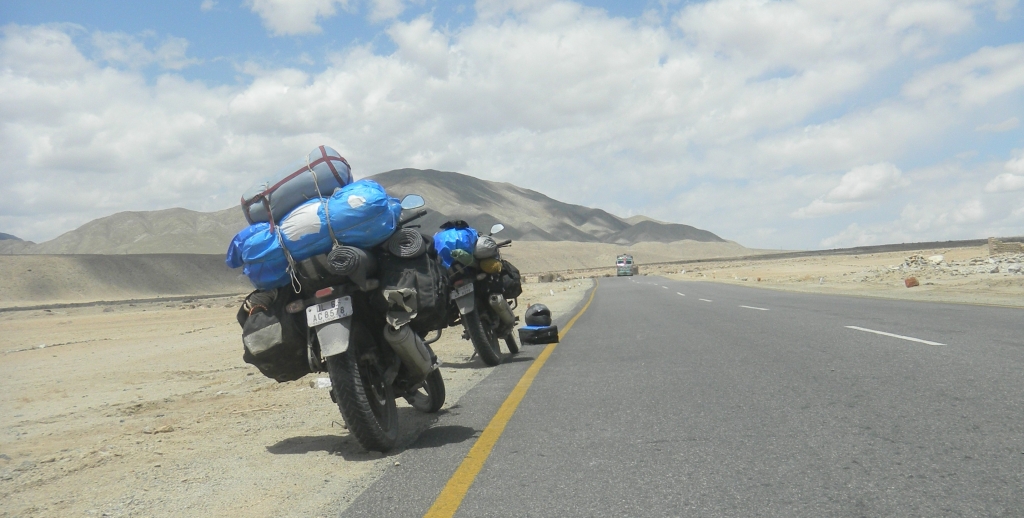+91 920-546-7045
info@extremetoursindia.com
Riders who are planning for Himalayan motorcycle tour are advised to read the below essential information. For a complete guide please refer to this post.

There are few necessities for motorcycle expedition in Indian Himalayas that you must arrange, Even before you book the tour.
It is first thing you require for the tour. You must have a valid two-wheeler license. If you are a citizen of some other country, you require international driving license and visa. So be prepared for the international driving license in advance.
Make sure you have insurances for your travel in case something goes wrong during the tour. In addition, it would be wise to have health insurance in case of road accident. Insurance must cover 500 CC motorcycles. For the insurance of motorcycle please contact us for the details.
Get the best protective gears for the ride, which can withstand the harsh conditions of the Himalayan region. Gear should include protective riding gloves, waterproof high ankle riding boots, riding jacket, all weather pants, pads and most importantly helmet. Make sure you get good quality riding goggles.
Weather is unpredictable in Himalayas and hence, you must carry rain suit. It would be best if you can carry waterproof backpacks to keep you belongings dry. There are possibilities that you have to drive in rain or snow as you will not found the place to hide yourself under roof in remote areas of Himalaya.
As the temperature can be low and dry, can be hard sun rays, can be high UV index so carry skin care products like body lotion, sunscreen, and lip balm.
Though due to cold weather mosquitoes is not a big problem. But it is always advisable if you are visiting to another country. So keep an insect repellent. An insect repellent cream is a good idea.
Keep the basic medicines for diseases like diarrhea, flu, fever, loose motion and others. Keep a first aid box with supplies for two weeks. Ask your doctor for suitable AMS medications for you. As AMS (Acute Mountain Sickness) is common in Himalayas. Though Medical facilities are available at some key points but it is advisable to carry medicines prescribed by your doctor.
Read : What is AMS
Be prepared to properly pack your bag with warm cloths and proper gears. In day time it can be warm weather and single tshirt is enough, but at higher altitude and without sun temperature can go very low which reqire to wear warm cloths in layers. If your tour date is in September then you should carry a sleeping bag.
In Himalayas, specially in upper and remote regions like Ladakh and Spiti you could expect some of the harshest weather conditions. During day, temperature at low altitude is around 30 degree Celsius but it can drop considerably as you move to high altitudes where mercury falls at freezing point.
Rain is never out of equation and roads are always muddy. If you are visiting near winter season, snow is possibility. Therefore, keep warm jacket, woolen clothing, thermal under garments and a warm cap.
This kind of expedition demand heavy physical activity and you must be physically fit to participate in these tours. If you have conditions like asthma, high blood pressure, breathing problem or heart disorders, consult your doctor, as you would be spending majority of time at high altitudes (around 3500 to 4500 meters). Make sure you have taken vaccinations like, influenza, chickenpox, measles, tetanus, and their booster doses.
this is a common question most of the travelers / riders ask about that which is the best time to visit Ladakh, Spiti or the Himalayas?
If you want to go by air then you can go any time, but if you really want to explore the Ladakh by road then best time is to trip between June to September. Rest of the time mostly all roads get close due to heavy snowfall in the area.